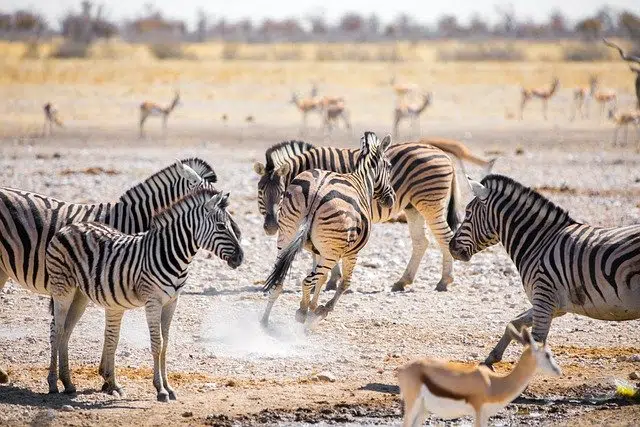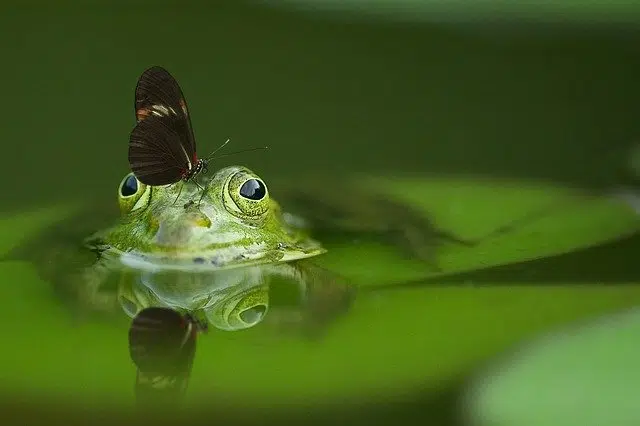
Biocenosis refers to the set of living beings of different species that inhabit and develop in the same biotope.
The term biocenosis comes from the scientific Latin biocoenosis , although its etymological root is found in the Greek language . Specifically, it is the result of the sum of several components of the aforementioned Greek language, such as these:
-The noun "bios", which can be translated as "life."
-The word "koiné", which is synonymous with "common."
-The suffix «-osis», which is used to indicate «training».
What is biocenosis
The group of living beings of different species that coexist and develop their reproduction in the same biotope is called biocenosis. A biotope, for its part, is a place that offers the appropriate environmental conditions for the subsistence of a community of living organisms.
The biocenosis, which can also be called biotic community , is a group of species that live in a certain biotope since this provides them with the conditions they need for their development. Within the biocenosis it is possible to distinguish between zoocenosis ( animals ), phytocenosis (plants) and microbiocenosis (microorganisms).

The combination of biocenosis and biotype gives rise to an ecosystem.
Classification according to type
It must be stated that there are several different types of biocenosis, such as the following:
-Polar and subpolar biocenoses, which are those found in the coldest regions of the entire planet Earth.
-Temperate biocenoses, which, as their name indicates, are found in areas with much more temperate climates.
-Warm temperate biocenosis.
-Continental biocenoses.
-Arid biocenoses, which are found in regions with little rainfall and warm temperatures.
-Tropical biocenoses, which basically have two seasons: one dry and one humid.
-Equatorial biocenosis, where the climate is rainy, stable and warm.
The biocenosis according to Möbius
The German Karl Möbius (1825-1908) was the one who coined, in 1877, the concept of biocenosis. Möbius was convinced that the study of living organisms could not focus on individuals, but rather it was necessary to analyze the group of beings.
All members of a biocenosis are influenced by common physical factors, such as humidity level and temperature .
Some features
Other relevant aspects about the biocenosis are the following:
-No biocenosis is determined to be permanent, although there is no established time rule for how long it lasts without changing. Thus, some remain intact for years or centuries and others change abruptly.
-The first changes that take place in the biocenosis are those that respond to the name of microsuccessions. And they manifest themselves because they are changes in temperature, humidity, thaw...
-No less important is knowing that all the beings that shape a biological community or biocenosis give rise to a food chain. And we must not forget that they will survive by eating each other.
Biocenosis, biotype and ecosystem
If the biotope is added to the biocenosis, reference must be made to an ecosystem . Ecosystems, therefore, include living beings that maintain interactions with each other and the terrain where these relationships take place. This terrain also affects the development of living organisms.
When biologists study, through fossil remains , communities that are already extinct, they speak of paleobiocenosis .
